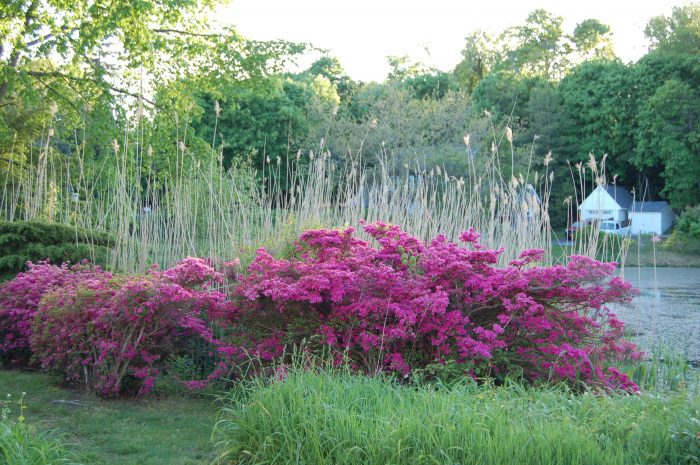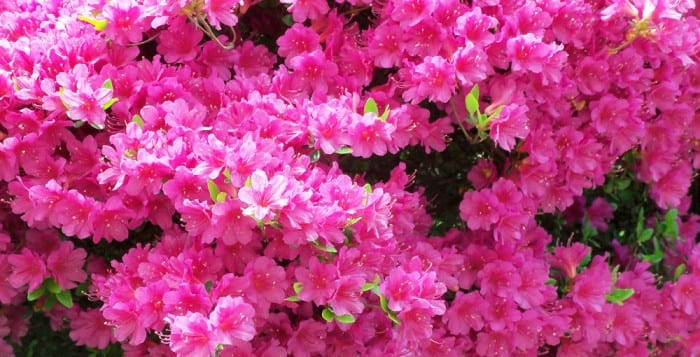By Leah S. Dunaief

“Did you hear? Ted has come down with COVID and is in the ICU.”
The words hit me in the gut.
This gentleman, with whom I serve on the board of directors of a local community group, has now been admitted to the local hospital. I sat next to him at the monthly meeting a couple of weeks ago. We exchanged pleasantries and made small talk. Neither of us wore masks. (Ted is probably in his 70s. I have not used his real name.)
Just when we think our virus-riven world may be returning to some semblance of normal, the pathogen acts up again. We seem to be going two steps forward and one step back as weeks and months go by. Yes, we have the vaccines, the boosters, the antiviral mediations and plenty of test kits now. But the contagion is not over, not even close, no matter how much we would like it to be and pretend it is. Neither is the fear that rises and falls. Those of us who have been spared thus far really don’t want to catch the disease, and those who have fallen ill don’t want to be the virus’s victim yet again.
It’s spring. Finally, spring, with the flowers and leaves, the emerald green and the birdsong. The comfortable temperatures allow us to sit out on our patios and back decks. Once again we can feel the joy spring brings. But it is also the third spring we are living under the black cloud of a pandemic.
Yes, we have learned a lot as a result. We have become more aware of the tiny miracles, the blossoming of each flower on the azalea bushes along the roadside as we walk, the warbling of the mockingbird stationed on the top of the tree beside our garage. The pace of life has slowed as a result of COVID, allowing us to become more appreciative, more mindful of our existence from moment to moment. Many of us have embraced remote work habits and thrive with more at-home time. These are silver linings.
But I can’t help mourning the loss of our before-virus lives. We haven’t been to a Broadway play in three spring seasons now. We have dropped our opera subscription. Contemplating a performance of Carmen at Lincoln Center, preceded by a scrumptious dinner in a Manhattan restaurant, makes me feel a bit dizzy with desire.
I am still not relaxed enough, even with a mask, to indulge in my former existence. If we have been fortunate enough not to have lost a loved one to the disease, nonetheless, the virus has stolen from our lives, stolen not only events and spectacles but more painfully, time with family members and friends at those events. Time missed with those we are closest to, as we live our lives, cannot be made up. Our dear ones don’t live forever. Sometimes loved ones die, from the infection or other causes, and the hours we would have spent with them are lost to us forever.
Recently, researchers have interviewed thousands to answer the question, “How many close friends can one have?” The answer, the mean average and not counting family, is 3-6. Those friends are irreplaceable. When one dies, there isn’t another to step forward and take his or her place because such friendships take years to develop. I know. When I read that study, I immediately fell to counting my closest friends and came up with four. It would have been six but two have died, though not from COVID. I want to spend as much time with those who remain as possible, and I deeply resent the virus for getting in the way.
Friendship, we know, is important for good health. The opposite, isolation and loneliness, often the by-products of COVID, can be as harmful to us physically as smoking 15 cigarettes a day, according to Psychology Professor Julianne Holt-Lunstad, at Brigham Young University.
We must make every effort to stay connected to our family and friends.






